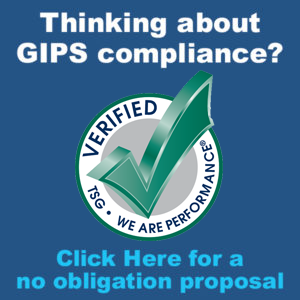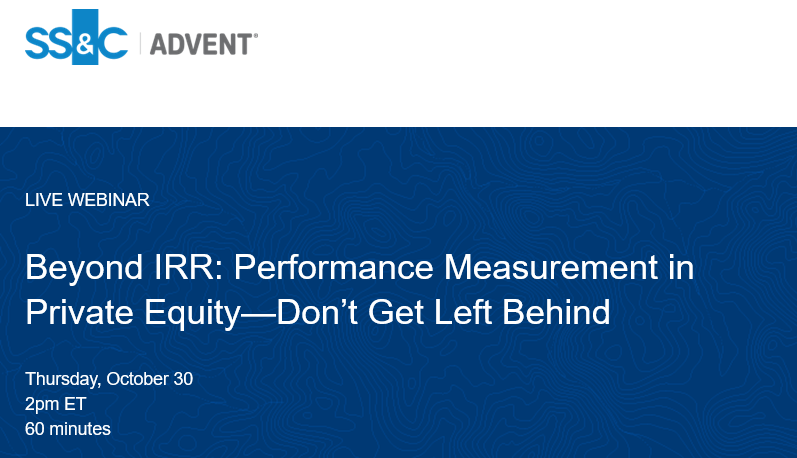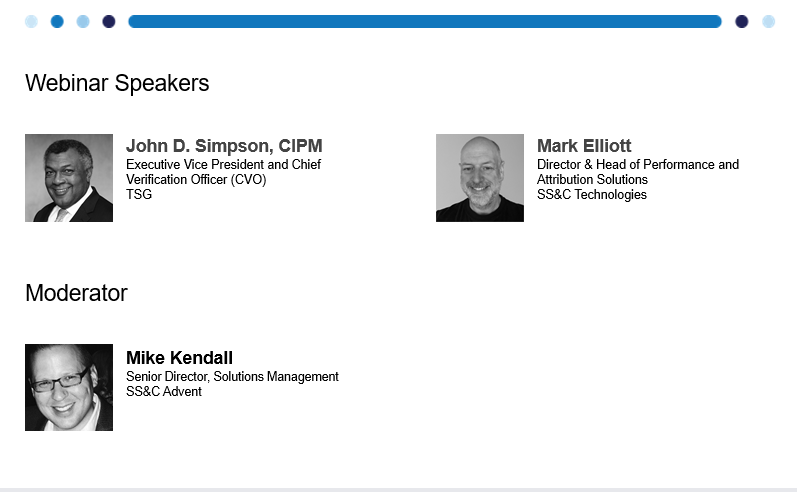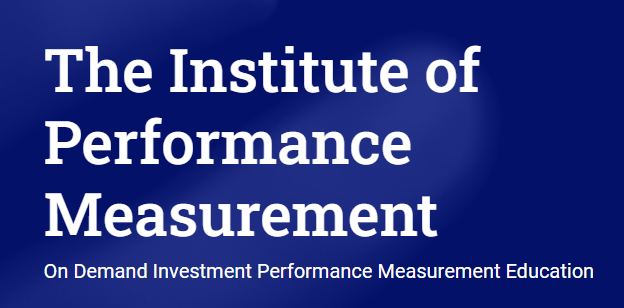GIPS® Tips
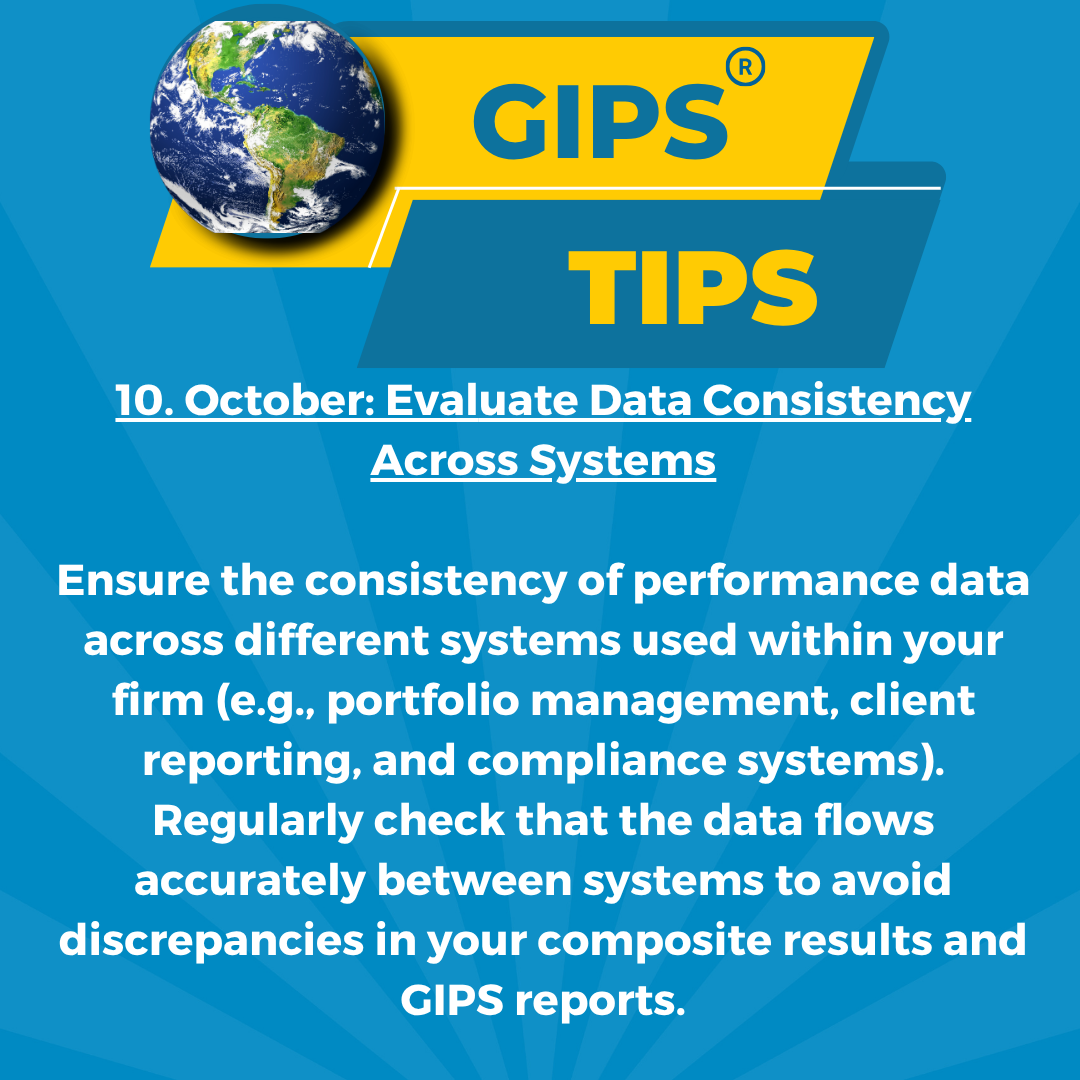
Experience “White Glove” GIPS Standards Verification With TSG
Are you tired of being treated like just another number by your GIPS verifier? At TSG, we prioritize your satisfaction and success above all else.
Partnering with us means gaining access to a team of seasoned GIPS specialists dedicated to delivering unparalleled service and exceptional value. Whether you’re seeking a new verifier, preparing for your initial verification, or just starting to explore GIPS compliance, TSG is the best choice.
Why Choose TSG?
Unmatched Expertise: Our experienced team brings unmatched proficiency in the GIPS standards, ensuring thorough and efficient (not “never-ending”) verifications.
Personalized Support: We understand that the journey toward GIPS compliance is complex. That’s why we offer ongoing support and guidance as needed, as well as access to a suite of exclusive proprietary tools, designed to make compliance and verification as easy as possible for you and your firm.
Actionable Insights: When you choose TSG, you will work with ONLY highly experienced senior-level GIPS and performance specialists. Their expertise translates into actionable advice, helping you navigate the complexities of the Standards in the most ideal way for your firm.
Hassle-Free Experience: At TSG, we guarantee your satisfaction and we do not lock our clients into long-term contracts.
Ready to Experience the TSG Difference?
Take the first step toward a better GIPS standards verification. Schedule a call or request a no-obligation proposal today at GIPSStandardsVerifications.com.
The Journal of Performance Measurement®
This month’s article brief spotlights “Advances in Risk and Valuation of Illiquid Assets” by Dan diBartolomeo of Northfield Information Services, Inc. It was published in the Summer 2025 issue of The Journal of Performance Measurement. You can access this article by subscribing (for free) to The Journal (link here).
Estimating the volatility and economic risk of non-traded illiquid assets, such as private equity and real estate has been relatively primitive compared to the analytically sophisticated models available for traded equities and fixed income securities. This relatively crude understanding of risk has made illiquid assets seem less volatile than they really are and masked the extent to which traded and private assets are correlated. In this article, we present a conceptual framework that efficiently addresses both biases. We represent every illiquid asset as an economically equivalent portfolio of traded assets, plus two synthetic options. The first option is the investor’s option to rigorously “mark to market” illiquid assets, or to simply hold an illiquid asset at cost in the absence of some catastrophic event. Also, investors in illiquid assets are “short” the option to convert to another purpose (e.g. a different investment or funding consumption expenditure). The process makes the otherwise unobservable value changes of the asset observable within some confidence interval. Representation of illiquid assets in this manner removes the biases, allowing for better investment decisions on asset allocation and the selection of specific holdings.
To confirm your email address, click the graphic below. If you’re a subscriber but haven’t received a link to the current issue, please reach out to Doug Spaulding at DougSpaulding@TSGperformance.com.
PUZZLE TIME
In a room of 100 people, 99% are left-handed. How many left-handed people have to leave the room so their percentage drops to 98 percent?
Source: https://tinyurl.com/y599dav6
Upcoming Webinars / Surveys
Click Here to Register
In Case You Missed It…
Webinar Replay: Performance Surprises with David Spaulding, DPS, CIPM
Webinar Replay: Should Your Firm Pursue GIPS® Compliance and Verification?
Webinar Replay: Recently Published SEC Marketing Rule FAQ
Book Review
The Man Who Killed Kennedy,
by Roger Stone
Review by David D. Spaulding, DPS, CIPM
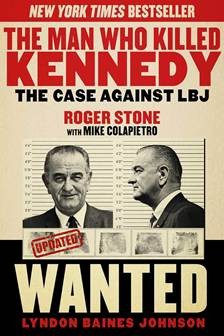
I realize that with this book review, I run the risk of being labeled a “conspiracy nut,” or something like that. Well, I guess the response would be guilty as charged.
Unlike most of the readers of our newsletter, I was alive on 11/22/1963, when JFK was shot. And those of my generation, just about anyone alive at that time, can all proclaim they knew where they were when JFK was shot.
Even at a fairly young age, it didn’t seem plausible that there was only one gunman. The first time I came face-to-face with what seemed credible challenges to this notion was in 1973, when the movie “Executive Action” was released, roughly coinciding with the 10th anniversary of that tragic event.
Over the years, at various times, I’ve read books that dealt with the conspiracy theory. One was by the deceased actor Richard Belzer (UFOs, JFK, and Elvis). I knew he was a JFK fan, so I guess I wasn’t surprised that he had crafted such a book.
I’ve read the four Robert Caro biographies on LBJ. The last one, The Passage of Power: The Years of Lyndon Johnson, offered a motive for LBJ to have been involved: he had learned it was likely he would be dropped from the 1964 re-election ticket. This would have essentially ended both LBJ’s political career and any hope of becoming president. He also was aware that most vice presidents that became president did so following the death of the president. In the 20th century, we had:
- Theodore Roosevelt, who replaced McKinley, following McKinley’s assassination
- Calvin Coolidge who replaced Harding, following his death [there’s a theory Harding’s wife killed him, but that’s for another time]
- Harry S. Truman replaced FDR upon Roosevelt’s death
- LBJ replaced JFK.
As for VPs running for the ticket after the president they served with stepped down, we don’t have many in the 20th century:
- Nixon failed, though he was elected eight years later
- George H.W. Bush succeeded after Reagan’s second term ended
- Joe Biden failed to win the Democratic nomination, following Obama’s second term, though he was elected later.
I.e., in the 20th century, only one of three vice presidents who tried (Bush – 41) became president immediately after the president he served with stepped down, while four took office following the death of the president.
Now, back to the actual book review.
This book is thoroughly researched. It is long (439 pages). And, is filled with [what I consider to be] a credible amount of evidence to (a) completely disregard the Warren Commission report and (b) come to the realization there was a conspiracy, likely masterminded by LBJ.
The author cites those who question why should we even care? This event was more than an assassination: it was a coup.
The book is filled with interesting information. I mentioned above that everyone who was alive in 1963 knew where they were. Apparently, there is at least one exception: George H.W. Bush. But you’ll need to read the book to learn more about that.
Here are just a few interesting points:
- The rifle Oswald reported to have used was not the one found in the book repository.
- Oswald was discovered in the cafeteria of the book repository, casually drinking a coke, following the shootings.
- There were witnesses who testified to seeing a man (actually two) in the windows of the book repository when the shootings occurred. Their descriptions, in terms of clothing and other features, did not match up with Oswald.
There’s a lot more.
Do I recommend the book? Absolutely. Fascinating. Troubling. Scary.
Issue Contents:
The Voice
Five Questions with a TSG Verifier
Each month, our intern Jesse Teller will sit down with one of TSG’s senior verifiers to ask five questions, ranging from how they got started in the field to their perspectives on the industry’s future. The goal is to give our readers a personal look at the professionals behind TSG’s verification and consulting work, and to share lessons learned from years in the industry.
The third interview in this series features Kathleen Seagle CIPM, one of TSG’s Senior Verifiers, and a key member of our verification team. Kathleen shares her journey into performance measurement, her perspective on how technology is shaping the field, and practical advice for those looking to build a career in this space.
“In my experience, the greatest challenges often stem from how we relate to one another. My approach is to value different perspectives, ask for support when needed, and meet challenges with curiosity and a desire to learn. These situations often lead to the most growth. One lesson I return to often: a simple phone call goes a long way.“
— Kathleen Seagle, CIPM
How did you decide on a career in performance measurement?
A turning point in my personal life shifted my focus from searching for the “right” path to simply taking the next step. That’s how I found myself in performance measurement, joining a young asset management firm at an early stage in my career. I was inspired by the people there, their enthusiasm, intellect, and shared vision, and was fortunate to spend 15 years growing alongside them. During that time, TSG played a key role in my professional development. So when the opportunity to join TSG arose, it felt like a natural and meaningful next step.
How do you think the progression of AI or automation will impact this field in the foreseeable future?
I believe AI will soon help us navigate and synthesize information more efficiently, creating opportunities for greater scale and productivity. I welcome these efficiencies as they’ll allow us to increase focus on higher-level analysis, consulting, and strategic problem-solving; the areas where human insight adds the most value.
What has been the most challenging client engagement or task you’ve faced in a GIPS verification? How did you approach and resolve the issue, and what did you take away from the experience?
In my experience, the greatest challenges often stem from how we relate to one another. My approach is to value different perspectives, ask for support when needed, and meet challenges with curiosity and a desire to learn. These situations often lead to the most growth. One lesson I return to often: a simple phone call goes a long way.
What is one thing you wish you had known before starting your career in performance measurement?
Communication and problem-solving are central to success in this field. Beyond technical skills, the ability to clearly and succinctly explain complex concepts, like why a portfolio outperformed its benchmark or the trade-offs of a cash flow policy, can make all the difference. The field also rewards creativity, especially for those who enjoy deep analysis and innovative problem-solving.
What advice would you give to a college student without prior experience in performance measurement?
Seek out opportunities to connect with professionals both inside and outside the field. Identify mentors and sponsors, and maintain those relationships. Explore areas of interest by joining networking groups, pursuing designations, or taking relevant courses. When doing so, consider not just what’s valued in the industry, but also what aligns with your personal strengths and interests.
Quote of the Month
“There are only two pursuits that get into your blood, politics and the motion picture business.”*
-Joseph P. Kennedy, Sr.
* Had investment performance measurement been a profession at the time, surely the Kennedy family patriarch would have included it in his list.
Industry Dates and Conferences
Celebrating 35 Years of Excellence: What to Expect From TSG in 2025
As TSG marks its 35th anniversary, we’re thrilled to announce a dynamic lineup of events, learning opportunities, and networking activities designed to elevate your performance measurement expertise and strengthen our vibrant community. Here’s what’s in store for the year ahead:
November: Fall EMEA Forum in Copenhagen
- November 6th-7th: Performance Measurement Forum (EMEA) – Copenhagen, Denmark – Expand your perspective with insights from global leaders at our fall meeting in Denmark.
- November 11th-12th: GIPS Annual Conference – Phoenix, AZ
December: Year-End Wrap-Up in Louisville
- December 3rd: Fall Asset Owner Roundtable (AORT) – Louisville, KY – Advanced discussions to round out the year.
- December 4th-5th: Fall North American Forum – Louisville, KY – Close the year with innovation and collaboration.
Celebrating 35 Years of Excellence
- We take immense pride in our legacy of success, innovation, and leadership. As we look ahead, TSG remains committed to advancing the field of investment performance measurement and empowering professionals worldwide.
Mark Your Calendars! Let’s make 2025 a year to remember.
For information on the 2025/2026 events and membership opportunities, please contact Patrick Fowler at 732-873-5700.
Institute / Training
Inside the Institute: A Fresh Perspective
Institute.TSGperformance.com
Link to the Class: Module 5: GIPS
By Jesse Teller
Module Five Reflection – GIPS
Module Five focused on the Global Investment Performance Standards (GIPS), emphasizing their importance, structure, and the benefits of achieving compliance. This module, instructed by David Spaulding, provided an in-depth overview of what GIPS entails and how adherence to these standards enhances the credibility and transparency of investment performance reporting.
As someone with no prior experience or exposure to GIPS, this module presented almost entirely new material. I appreciated the comprehensive introduction, which helped establish a foundational understanding of the standards, their purpose, and their application within the investment management industry. Dave effectively outlined the rationale behind GIPS compliance and why it is considered a best practice for firms seeking to maintain integrity in their performance disclosures.
While the module succeeded in delivering a substantial amount of useful information, I believe there is room for improvement in how the content is presented. Specifically, the slide design was quite text-heavy, with many slides containing dense paragraphs of information. While this level of detail may be necessary given the technical nature of GIPS, it made the content slightly more difficult to absorb in a single watch. A more visual or interactive approach, maybe using more charts or infographics, could help break up the reading load and improve overall engagement and retention. Despite this, the information was still very valuable, with Dave providing many explanations to clarify more confusing aspects of the presentation.
In summary, Module Five provided a detailed overview of GIPS compliance and its value in performance reporting. Although the material was new and somewhat dense, the module was informative and well-presented.
Potpourri

Compliance Corner
Webinar replay: SEC Marketing Rule FAQs with Lance Dial, Partner, K&L Gates and David Spaulding, DPS, CIPM, TSG Listen as Lance and Dave dive into issues that have challenged advisors since the rule went into effect.
They focus on the SEC’s recently published guidance, addressing:
- Extracted Performance
- What Constitutes Performance (including risk, yield, contribution, and attribution)
- Methodology for Calculating Gross and Net Returns
They walk through each area and unpack the implications for your firm while sharing practical insights to help you align your performance reporting with regulatory expectations. Click Here to Access the Recording.
ATTN: TSG Verification Clients
As a reminder, all TSG verification clients receive full, unlimited access to our Insiders.TSGperformance.com site filled with tools, templates, checklists, and educational materials designed to make compliance and verification as easy as possible for you and your firm.
Contact CSpaulding@TSGperformance.com if you have any questions or are having trouble accessing the site.
TSG Milestones
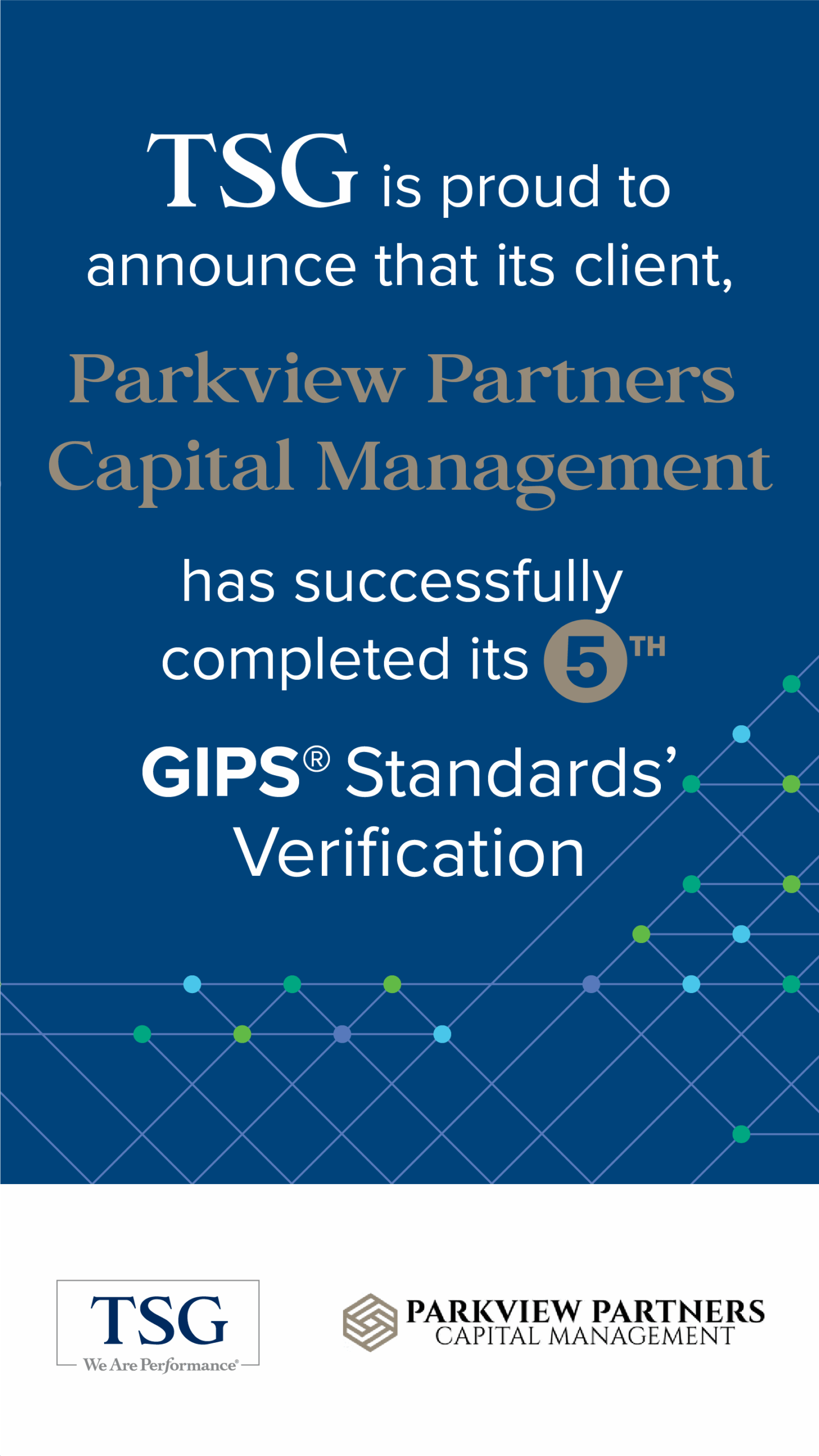
Article Submissions
The Journal of Performance Measurement® Is Currently Accepting Article Submissions
The Journal of Performance Measurement is currently accepting article submissions on topics including performance measurement, risk, ESG, AI, and attribution. We are particularly interested in articles that cover practical performance issues and solutions that performance professionals face every day. All articles are subject to a double-blind review process before being approved for publication. White papers will also be considered. For more information and to receive our manuscript guidelines, please contact Douglas Spaulding at DougSpaulding@TSGperformance.com.
Submission deadlines
Winter Issue: January 12, 2026
Spring Issue: March 30, 2026
For any questions, please reach out to Doug Spaulding at DougSpaulding@TSGperformance.com.
What a Word
In this section, we will introduce a word we think is a bit unusual or interesting. We hope you enjoy it. And please feel free to send us your suggestions.
Penultimate (adjective)
Penultimate means “next to last.” Sometimes it is used erroneously as if it referred to something beyond ultimate, meaning “the very best,” but the prefix pen- means “almost.” Penultimate can seem like a superlative version of ultimate, but it isn’t.
GIPS® is a registered trademark owned by CFA Institute. CFA Institute does not endorse or promote this organization, nor does it warrant the accuracy or quality of the content contained herein.


